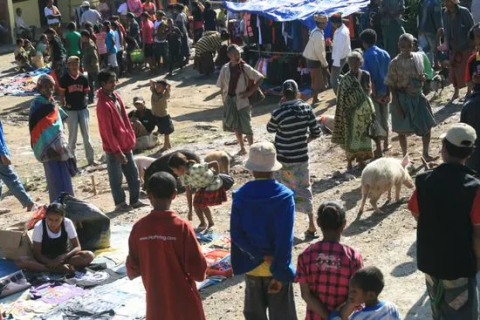
UNITAR Online Catalogue
Superficial Fungal Infections: Training of health workers at national and district levels on skin-NTDs

The Defeat NCD Partnership
Antecedentes
Superficial fungal infections are some of the most prevalent diseases across the world. This course explores the epidemiology, clinical presentation, diagnosis, and management of the most common superficial fungal infections globally. This course also talks about the rapid spread of drug-resistant dermatophytes and how to mitigate its effects.
Objetivos del evento
- Name the most common pathogens responsible for superficial fungal infections;
- Describe the epidemiology and pathology of superficial fungal infections;
- Describe the clinical presentation and diagnosis of superficial fungal infections;
- Explain the therapeutic management plan for superficial fungal infections; and
- Explain the importance of drug-resistance dermatophytes and how to mitigate its effects.
Contenido y estructura
Approximate course duration: 3.5 hours
Content Warning
This course may contain images, videos, and multimedia materials related to healthcare that may include graphic depictions of medical conditions, surgical procedures, and other clinical content. These materials are intended for educational purposes to enhance understanding of real-world medical scenarios and are essential for the comprehensive learning experience.
Viewer discretion is advised. If you find any content distressing, you may pause or skip the material as needed.
Metodología
Superficial fungal infections, also known as dermatomycoses, are common infections that estimated to affect around 1 billion people worldwide. These infections most frequently affect the skin, hair, and nails of humans. They are caused by 3 main groups of fungi:
dermatophytes
* non-dermatophyte mold, and
* yeasts.
In most cases, the diagnosis can be found-based on clinical characteristics.
Mycological examination may be necessary for a few cases before starting antifungal treatment. This course will explore the clinical features and diagnostic tools to help distinguish dermatomycoses from similar-appearing diseases. This course will also explore the standard treatment regimen for superficial fungal infections.
Lastly, we will discuss the rapidly emerging problem of antifungal resistance in dermatophytes and what can be done to mitigate its effects.
Público objetivo
Frontline health workers